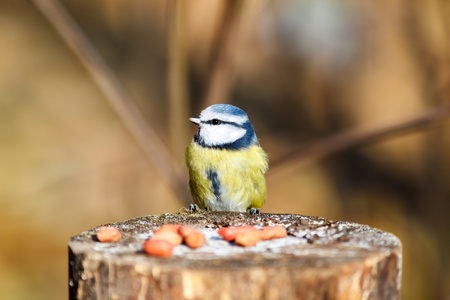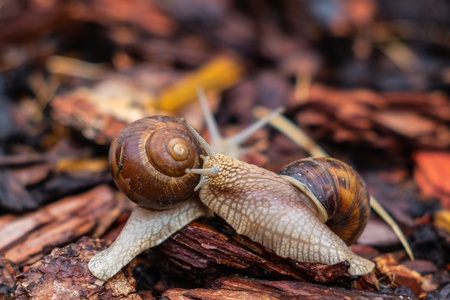
Give hellebores the chance to shine by going round now snipping off last year’s old, tatty foliage right down at the base to expose the emerging flower buds. Use sharp secateurs and be really careful as it’s all too easy to snip off the flower buds themselves by mistake!
Hellebores are among our most beautiful spring flowers and the earliest too as they start to unfurl their nodding blooms from February onwards. Removing the old leaves not only helps show off their blooms but also removes any fungal spores that might be lurking on foliage, so minimising the chances of an outbreak of the dreaded hellebore leaf spot. Remove the foliage to the green waste bin or burn it rather than adding it to the compost bin as spores can survive the composting process.
You can never have enough hellebores in your garden, and there’s a bewildering choice of varieties available. Probably the best way of choosing new hellebores is to pop into the garden centre here in Co. Limerick when the plants on our benches are in full flower: that way you’ll be able to see exactly what you’re getting and can choose your favourites.
The Lenten rose, Helleborus x hybridus, is most widely grown and comes in the greatest selection of colours: look out for the very dependable Ashwood Garden Hybrids and the double-flowered Winter Jewels Collection, though there are dozens of others in every shade from palest pink to velvety black.
Give your hellebores rich, deep soil in dappled shade – they’re also happy in containers - and remember to dead-head after flowering in May as any seedling plants will not come ‘true’ to (i.e. look like) the parent. You don’t need to lift and divide hellebores: instead, let them gradually bulk up into a sizeable clump for extra impact and dozens of flowers right through from January till April.




